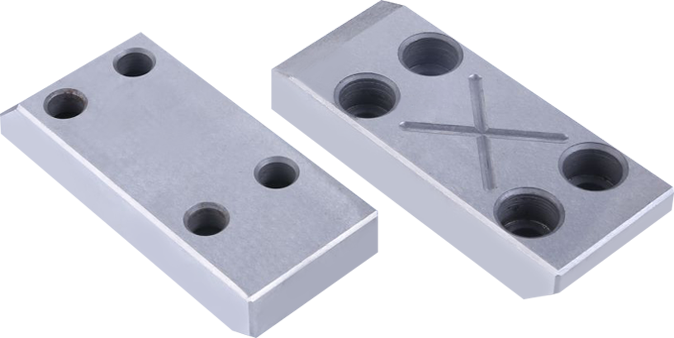Email: [email protected]
How to Select the Right Mold Pressing Strip Material and Hardness?
In the precision-driven world of mold manufacturing, the Mold Pressing Strip plays a critical but often underappreciated role. Acting as both a sealing and pressure-balancing component, the Mold Pressing Strip directly impacts product quality, mold life, and operational stability. Choosing the right Mold Pressing Strip material and hardness is not a one-size-fits-all decision—it requires careful evaluation of factors such as friction coefficient, heat resistance, wear performance, and compatibility with the mold's operating environment.
Understanding Material Options for Mold Pressing Strip
The common materials used for Mold Pressing Strip production include rubber, silicone, polyurethane, and thermoset composites. Each has unique properties suited for specific working conditions.
Rubber Mold Pressing Strip is widely used due to its cost-effectiveness and flexibility. It performs well in low-to-moderate temperature environments and offers decent wear resistance. However, its durability may be limited in high-pressure or high-friction applications.
Silicone Mold Pressing Strip is preferred in applications requiring high thermal resistance. It can operate in temperatures exceeding 200°C without significant deformation. Moreover, silicone provides chemical resistance, making it suitable for molds exposed to aggressive agents. However, it has a relatively higher friction coefficient, which could to increased wear under high-speed conditions.
Polyurethane Mold Pressing Strip offers an balance between flexibility and wear resistance. It excels in applications involving frequent opening and closing cycles, as it can absorb shock and vibration better than harder materials. It also maintains dimensional stability under pressure, making it ideal for molds with high cycle rates.
Thermoset Mold Pressing Strip, including epoxy or phenolic-based materials, provides hardness and structural integrity. These strips are used in molds operating under extremely high-pressure or temperature conditions. Though less flexible, they deliver exceptional longevity and dimensional stability.

Matching Material to Mold Conditions
Selecting the appropriate Mold Pressing Strip starts with evaluating your mold’s operating environment. For instance, high-cavity injection molds operating at elevated temperatures require a Mold Pressing Strip with heat resistance and low compression set. In such cases, silicone or thermoset options may outperform rubber or polyurethane.
Friction is another crucial factor. In fast-cycle molding processes, a lower-friction Mold Pressing Strip reduces surface wear and minimizes drag during the mold's open-close action. Polyurethane typically offers a lower friction coefficient than rubber or silicone, making it a better choice for high-speed operations.
Hardness Selection: The Shore A Factor
Beyond material type, Mold Pressing Strip hardness—usually measured on the Shore A scale—directly affects its performance. Softer strips (Shore A 40–60) offer better sealing performance and conformability but may wear out faster in high-pressure environments. Harder strips (Shore A 70–90) provide greater structural support and resistance to deformation but require more precise fitting and may not seal as tightly on uneven surfaces.
Selecting the right hardness depends on the mold’s surface finish, clamping pressure, and expected lifespan. For instance, in automotive interior part molds requiring delicate surfaces, a softer Mold Pressing Strip ensures no damage during ejection. In contrast, molds used in metal or composite forming may benefit from a harder Mold Pressing Strip that can withstand mechanical stress.
Material Compatibility with Mold Base
A lesser-considered but equally important factor is the Mold Pressing Strip's interaction with the mold base material—typically tool steel, aluminum, or composite. In cases where dissimilar material reactions may occur, such as silicone against uncoated aluminum, protective coatings or alternative Mold Pressing Strip materials should be considered to avoid sticking or chemical interaction.
The choice of Mold Pressing Strip material and hardness is far from trivial. By aligning strip properties with the mold's operational conditions—such as temperature, pressure, speed, and base material—you can significantly extend mold life, reduce maintenance costs, and enhance product consistency. Whether using rubber for flexibility, silicone for thermal resistance, polyurethane for wear balance, or thermosets for structural rigidity, each Mold Pressing Strip must be purposefully selected to meet the demands of modern precision molding.
Get in touch
Related recommendations
